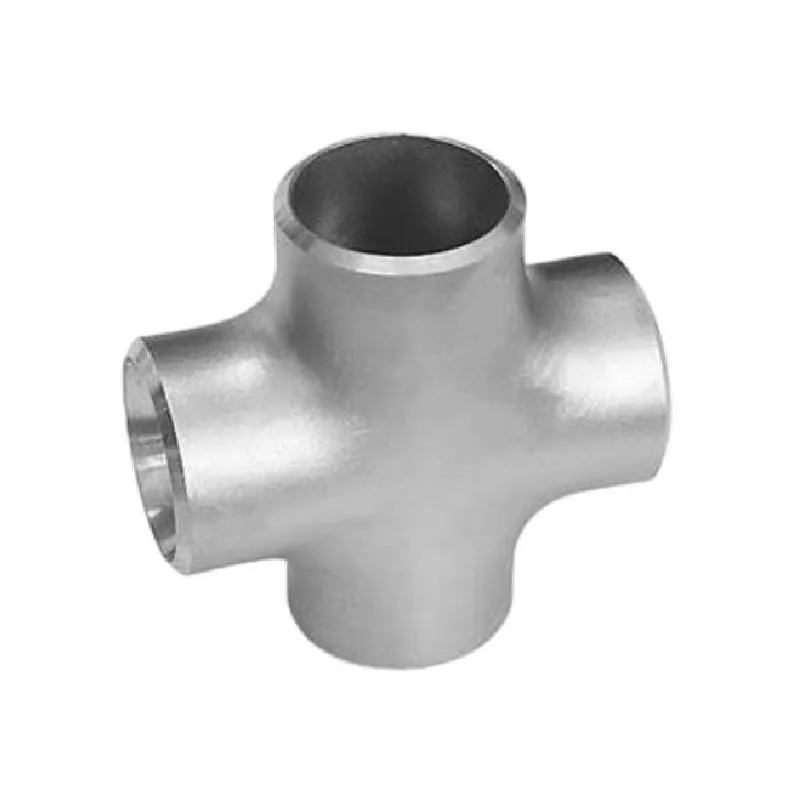-
Cangzhou Yulong Steel Co., Ltd.
-
Phone:
+86 13303177267 -
Email:
admin@ylsteelfittings.com
- English
- Arabic
- Italian
- Spanish
- Portuguese
- German
- kazakh
- Persian
- Greek
- French
- Russian
- Polish
- Thai
- Indonesian
- Vietnamese
- Zulu
- Korean
- Uzbek
- Hindi
- Serbian
- Malay
- Ukrainian
- Gujarati
- Haitian Creole
- hausa
- hawaiian
- Hebrew
- Miao
- Hungarian
- Icelandic
- igbo
- irish
- Japanese
- Javanese
- Kannada
- Khmer
- Rwandese
- Afrikaans
- Albanian
- Amharic
- Armenian
- Azerbaijani
- Basque
- Belarusian
- Bengali
- Bosnian
- Bulgarian
- Catalan
- Cebuano
- China
- China (Taiwan)
- Corsican
- Croatian
- Czech
- Danish
- Esperanto
- Estonian
- Finnish
- Frisian
- Galician
- Georgian
- Kurdish
- Kyrgyz
- Lao
- Latin
- Latvian
- Lithuanian
- Luxembourgish
- Macedonian
- Malgashi
- Malayalam
- Maltese
- Maori
- Marathi
- Mongolian
- Myanmar
- Nepali
- Norwegian
- Norwegian
- Occitan
- Pashto
- Dutch
- Punjabi
- Romanian
- Samoan
- Scottish Gaelic
- Sesotho
- Shona
- Sindhi
- Sinhala
- Slovak
- Slovenian
- Somali
- Sundanese
- Swahili
- Swedish
- Tagalog
- Tajik
- Tamil
- Tatar
- Telugu
- Turkish
- Turkmen
- Urdu
- Uighur
- Welsh
- Bantu
- Yiddish
- Yoruba

Sep . 01, 2024 17:00 Back to list
Affordable 1 Inch Metal Pipe Prices - Quality Supply for All Your Needs
Understanding the Pricing of 1-Inch Metal Pipes Factors Influencing Cost
The price of 1-inch metal pipes can vary significantly depending on various factors, including the type of metal, the manufacturing process, market demand, and global economic conditions. This article aims to explore these contributing elements to give you a comprehensive understanding of what influences the cost of these commonly used materials.
1. Material Type
1-inch metal pipes are available in several materials, including steel, stainless steel, copper, and aluminum. Each material has distinct properties, costs, and applications. For instance, steel pipes are usually more affordable than stainless steel pipes, which offer better corrosion resistance and durability. Copper pipes tend to be on the higher end of the price spectrum due to their conductivity and resistance to corrosion, making them ideal for plumbing and HVAC applications. Aluminum pipes, while lightweight and resistant to corrosion, can also be expensive depending on the alloy used. The choice of material directly affects the price of the pipe, so it's essential to consider the specific requirements of your project when comparing costs.
The method used to manufacture metal pipes plays a crucial role in determining their price. Pipes can be produced through several processes, such as seamless, welded, or extruded methods. Seamless pipes, which are made from a solid round steel billet and are formed by heating and stretching, tend to be more expensive due to their comprehensive and labor-intensive manufacturing process. On the other hand, welded pipes, which are formed by welding two edges of steel together, generally cost less because of their simpler production process. The choice between these manufacturing methods will largely depend on the intended use and required specifications of the pipe.
1 inch metal pipe price

3. Market Demand and Supply
The pricing of metal pipes, including 1-inch varieties, is significantly impacted by market dynamics. When demand for metal pipes rises—often due to increased construction activity, infrastructure projects, or changes in industry regulations—prices can surge. Conversely, if demand drops, prices may decrease. Supply chain issues, such as disruptions caused by geopolitical events, natural disasters, or economic fluctuations, can also impact availability and price. Consumers must remain vigilant about these market trends, as they can provide insight into potential pricing changes.
4. Location and Distribution Costs
Geographical factors can influence the price of 1-inch metal pipes as well. The cost of transportation, taxes, tariffs, and local market conditions can create price variances from one region to another. For example, areas closer to steel production facilities may see lower prices due to reduced shipping costs, while locations further from these centers may face higher expenses. As such, project managers and consumers should account for these location-based factors when budgeting for pipe purchases.
Conclusion
In summary, the price of 1-inch metal pipes is influenced by various interconnected factors, including the material type, manufacturing processes, market demand and supply dynamics, and location-based costs. For anyone involved in construction, plumbing, or fabrication, understanding these factors will assist in making informed purchasing decisions, ensuring that both performance needs and budget constraints are appropriately balanced. As the market evolves, staying informed about these influences will be key to managing costs effectively.
Latest news
-
ANSI 150P SS304 SO FLANGE
NewsFeb.14,2025
-
ASTM A333GR6 STEEL PIPE
NewsJan.20,2025
-
ANSI B16.5 WELDING NECK FLANGE
NewsJan.15,2026
-
ANSI B16.5 SLIP-ON FLANGE
NewsApr.19,2024
-
SABS 1123 FLANGE
NewsJan.15,2025
-
DIN86044 PLATE FLANGE
NewsApr.19,2024
-
DIN2527 BLIND FLANGE
NewsApr.12,2024
-
JIS B2311 Butt-Welding Fittings LR/SR 45°/90° /180°Seamless/Weld
NewsApr.23,2024











